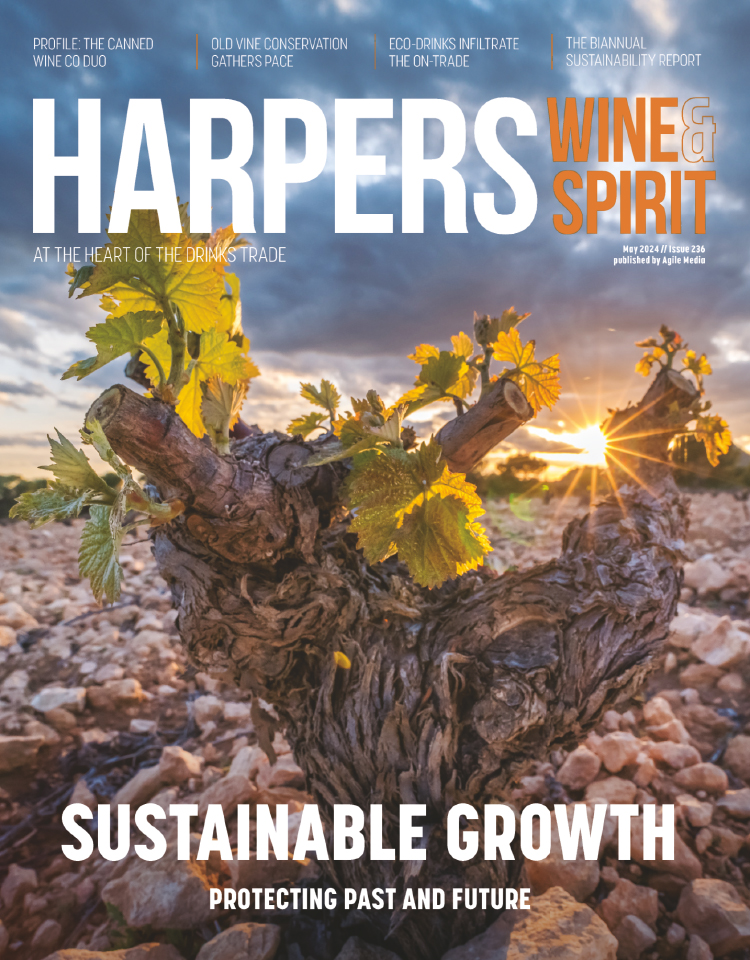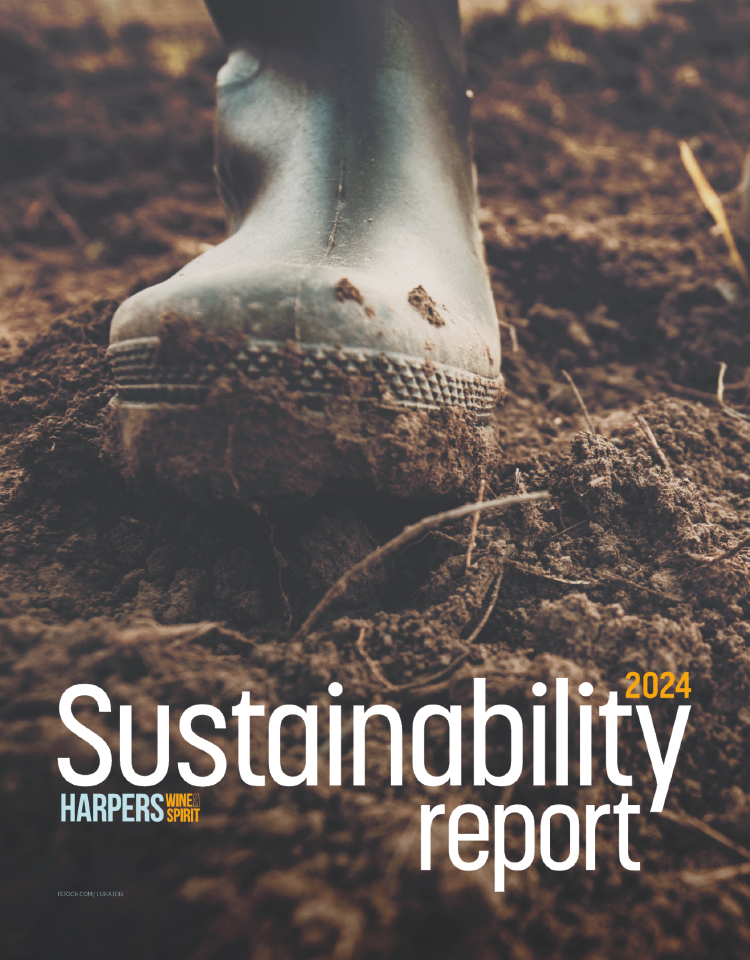FRENCH HARVEST SMALLEST FOR A DECADE
By Neil Beckett
This year's French harvest will be the smallest for a decade, according to the latest estimates from ONIVINS, which allow the first authoritative overview following a flurry of reports over the summer. The forecast is for 47 million hectolitres (hl), of which 21 million hl will be QWPSR, 17.2 million hl table wine, and 8.8 million hl wine for Armagnac and Cognac production. Despite the wet autumn last year, water reserves were low over the winter and spring. April frosts afflicted several areas in mid-April, Champagne and Beaujolais being worst hit. Flowering proceeded evenly and rapidly at the end of May, but the scorching temperatures from June onwards gradually reduced the potential yields month by month. Devastating hailstorms, such as those that struck Bordeaux during Vinexpo in June, also took their toll, before the earliest harvest on record in many regions started in the first half of August. The effects on the quality of the wines will vary widely, depending on the degree of water stress, the soil type and, to an even greater extent than normal, the skill of the winemaking. In general, aromas are less pronounced than usual and acidity levels lower. But exceptions will be legion. Adam Brett-Smith, MD of Corney & Barrow, says that although the Bordeaux harvest started very early, most chteaux delayed picking, for several weeks. Alison Buchanan, C&B's wine buyer, stresses that where heat arrested photosynthesis, acid levels remained satisfactorily high until a more normal ripening pattern resumed with the return of more favourable weather in September. Acid levels in general, however, are sufficiently low for the EC to have authorised acidification in EU zones where it is not normally permitted - Zones A (Germany, England and Luxembourg) and B (Champagne, Alsace, Loire, Jura, Savoie and Austria) (EC Reg 1687/2003, 25 September). The EC's wine committee accepted, at the petition of several EU member states, that the exceptional climatic conditions had caused 'an important and irreversible fall in the acidity of grapes and musts' and that 'the acidity level in the affected regions is abnormally low and incompatible with sound vinification'. Acid adjustment is restricted to tartaric acid - a maximum of 250g/hl in total, and 150g/l at any one time. The acid must be of agricultural origin, and the chemical form imported from China and currently on the market is not recognised. The EC has also authorised acidification in Zone C1a (including Burgundy), where the practice is normally permitted on request to regulatory bodies such as France's Direction Gnrale de la Concurrence, de la Consommation et de la Rpression des Fraudes.






